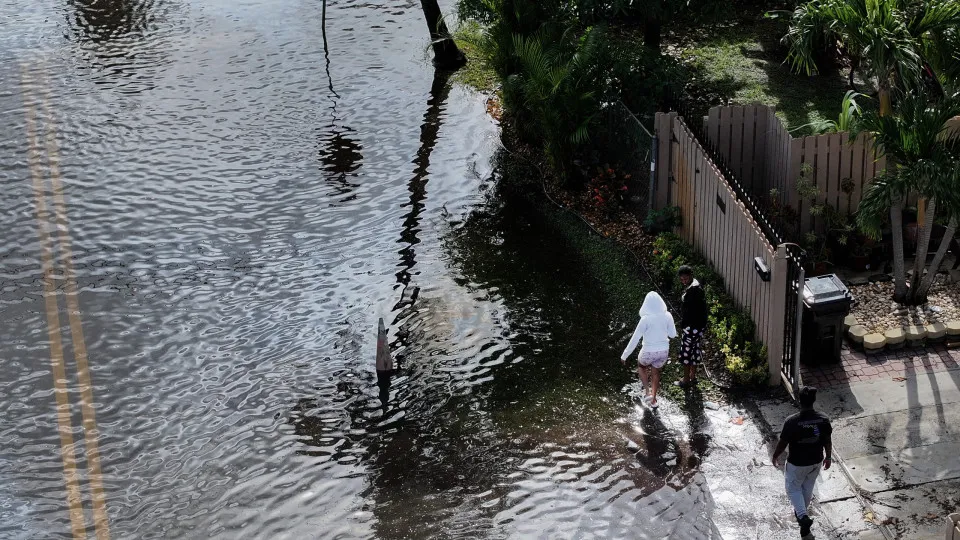A weather system moving across the Florida Panhandle is showing an increased chance of developing into a tropical depression as it heads west toward the northern Gulf Coast, according to the National Hurricane Center. The system, which has a 40% chance of strengthening, is expected to approach southeastern Louisiana on July 17, with potential impacts also felt in Alabama and Mississippi.
Forecasters say the extent of the storm’s intensification will depend on how far offshore it tracks. But even without official classification, the storm is expected to bring torrential rainfall and a risk of flash flooding across the region.
New Orleans could see three to five inches (eight to 13 centimeters) of rain by July 19, with isolated areas near the coast possibly receiving up to 10 inches (25 centimeters), according to the National Weather Service.
The warning comes amid a summer of deadly flooding across the US, including the catastrophic July 4 storm in Texas Hill Country that left at least 132 dead.
In 2024 alone, the US experienced 27 weather and climate disasters costing at least US$1 billion each in damages. That is a staggering figure and one that cannot be ignored. These disasters are fueled by the nation's vast and diverse geography, which has everything from hurricane-prone coastlines to tornado alleys and wildfire-vulnerable regions. Additionally, human-driven climate change is intensifying these events, making them more frequent and severe.
In 2025, the trend shows no sign of slowing. The number of billion-dollar disasters is on track to surpass last year’s total, as climate change and population growth in high-risk areas continue to fuel the rise.
Curious as to why the US is so vulnerable? Click through now to find out more.



